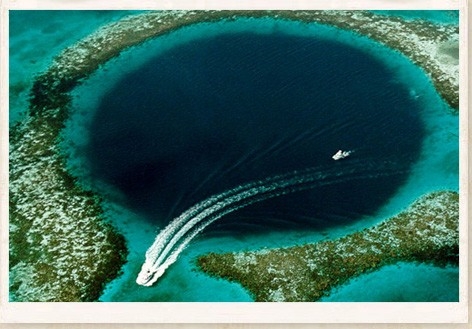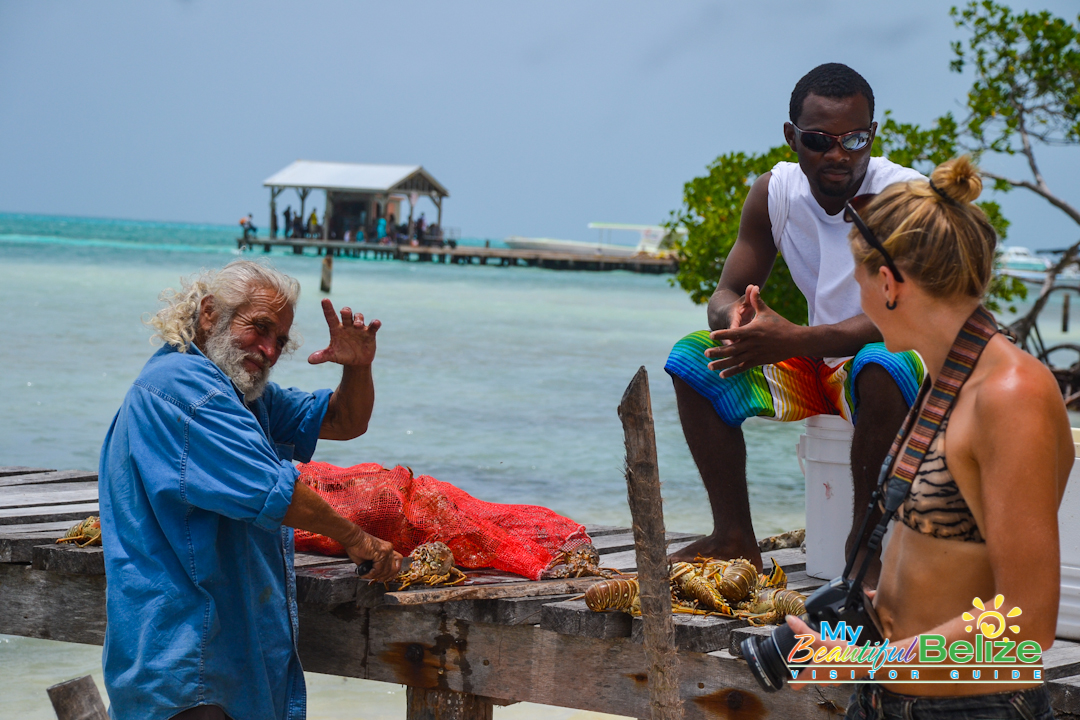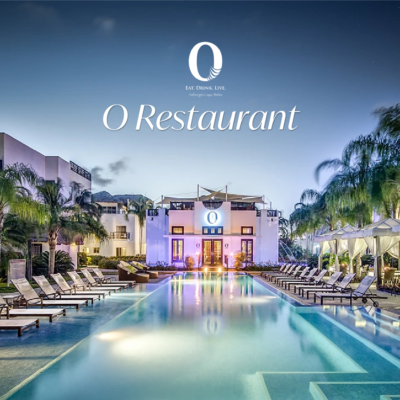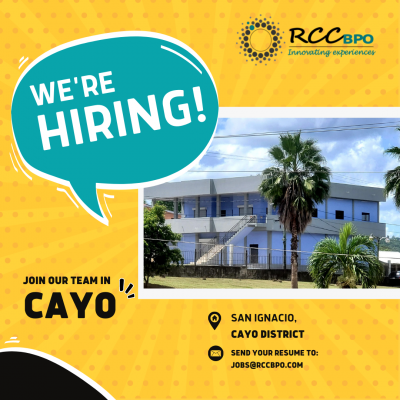- Submit News
- 501-666-6726
- [email protected]

Carnival Magic returns to Galveston, Texas
October 19, 2014
Bus driver charged for driving while under the influence of alcohol
October 19, 2014Posted: Sunday, October 19, 2014. 1:42 pm CST.
By Richard Harrison
The World Bank estimated that tourism arrivals in Belize in 2000 was 196,000 visitors, with total spend of US$111 million. The Belize Tourism Board (BTB) estimated that in 2013, a total of 294,177 tourists visited the country. This reflects annual growth of between 4-8%.
The Center on Eco-Tourism and Sustainable Development (CETSD) informs that, after starting in 2002, cruise tourism peaked in 2005 at 800,331 visitors, and BTB estimated that in 2013 a total of 677,350 cruise tourists visited the country. The CETSD estimated that at its peak in 2005, cruise tourists spent a total of US$30.6 million (90% from USA origin), and that overnight visitors (60% from USA origin) spent US$144.1 million…..and that cruise tourism provided 1 out of every 10 jobs in the tourism industry, while overnight tourism provided 9 out of every 10 tourism jobs. The tourism industry has been estimated to account for 20-30% of GDP….depending on motives and methodology used by the proponents.
Most overnight tourism investors view cruise tourism as a threat to their business, mostly due to competition for the accessible attraction sites, and cruise tourism investments have faced significant opposition from overnight investors, in general.
Belize’s overnight tourism includes low, middle and high-end customers….with campers and backpackers an estimated 20%, budget travelers (students, charities, group travel, etc) 50%, middle-level eco-tourists and events/business/conference goers 15%, and higher-end boutique jungle and diving/fishing/sailing enthusiasts (15%). These are my own estimates from rapid scan of the type and scale of establishments and services available in the country.
Belize’s tourism demand is directly related to the product offers….and can be classified as: (1) sun, sea and sand recreation tourism (2) gastronomic tourism (3) inland and coastal nature-based adventure tourism (4) Mayan and cultural tourism (5) sex, drugs and ragamuffin tourism (6) Diaspora and ex-pat family and friends visits (7) events and conferences (8) specialized fishing, diving and yachting expeditions (9) regional “Mundo Maya” tourism (10) business, charities and retirement/resettlement scouting (11) natural-history/cultural education and charity travel. Each tourist might choose one or more of these offers during a particular visit.
I could not find any reliable data on visitors to Belize age ranges, male/female distribution, marital status, lifestyle preferences, economic status, traveling alone, accompanied or in group, etc….or how many are first-time or repeat visitors….what they are seeking or expect….and their levels of satisfaction with their experiences…..all of which are vital for more substantial product-market and economic analysis.
In 2013, overnight arrivals ranged from 10-12,000 in September, to 32-36,000 in March……with December to March being high season, April-July medium season and August-November low season. Cruise tourism could be described as high season from November-April, with its low season between May-October…..the lowest being around 22,000 visitors each for June and September, the highest being around 90,000 each for December and January.
Hence, tourism is pretty much a seasonal business for Belize, with the peaks and troughs following similar trends for overnight and cruise tourism….and this reflects the fact that demand for Belize tourism offers is currently primarily motivated by sun, sea and sand seeking, mostly from USA buyers during their winter months. Being that the country depends so much on tourism, this seasonality has all kinds of social, cultural, political and economic implications that need to be better researched and understood. Many years of “efforts” have not yielded the desirable result of reducing this large variance between peaks and troughs….and the euphoria and trauma that accompany them.
There is a National Sustainable Tourism Master Plan for Belize 2030, which was officially approved by the Government of Belize on October 30, 2012…..which sets an ambition to almost triple the amount of overnight tourism arrivals while enhancing their length of stay and daily expenditure, and to double the cruise tourism arrivals by the year 2030. It also aims to increase the annual economic contribution from tourism to five-times its current level. It suggests that the number of hotel rooms will need to increase from 6,885 in 2010, to 13,754 in 2030. It envisions a countrywide expansion in inland and coastal tourism offers, with a more diversified portfolio. Its expectations seem to lean heavily on significantly growing European travel to Belize, while maintaining current rates of growth from existing North American markets….a strategy perhaps adopted hoping that it will help with reducing seasonality, as there is a perception that many Europeans travel during the Belize slow-season….but which might be unrealistic, if the competitiveness gaps are not resolved.
When placed into context of Belize’s development as a whole, tourism has outpaced the rest of the economy in terms of growth…and if this ambitious plan is realized, Belize’s future will lean much more heavily on tourism…which raises the question of whether tourism planning that is not anchored in national economic plans makes for practicality, sensibility and optimal balance.
Tourism, however, finds itself sharing the same principal challenge as other sectors in the economy…..COMPETITIVENESS….especially relative to COST/QUALITY, PHYSICAL INFRASTRUCTURE, CULTURAL/SOCIAL DEVELOPMENT, SAFETY/SECURITY.
The COST/QUALITY COMPETITIVENESS challenge can be analyzed at various stages of the value-chain:
1. The cost and quality of marketing and SELLING to potential visitors (includes collections)
2. The cost and quality of moving the buyer from home to destination and back (includes time, effort, convenience, flexibility, ticket price, etc)
3. The cost and quality of the stay, moving around and experiences
4. The cost and quality of post-sale follow up, reinforcement and repeat sale.
RECOMMENDATIONS
1. Management (planning, organization, leadership and control) needs drastic improvement….at the level of national policy/regulatory/planning, local community management, stakeholder representations and individual properties/service providers. Infrastructure development planning and zoning blue-prints [along the lines used by Mexico of Planned Integrated Centers] should allow for product-development options that fit the environmental and sustainable development criteria such that they should not have to face all the current obstacles, especially for medium-large-scale projects. Marketing and sales [mostly currently in-house] can be consolidated to pool human and material resources for greater efficiency and effectiveness [mostly outsourced based on retainer and commissions], and to integrate more appropriately with marketers and sellers that have already developed integration and confidence/credibility among higher-quality buyers in the target markets.
2. Belize needs to scale up its infrastructure for receiving more varied landing crafts, from more varied destinations, with more flexibility, at much more competitive costs. The existing organizational and financial formula for ports and airport management and expansion investments is not working and needs complete rethinking and overhaul….because the national interest is subservient to narrow monopoly interests….to many hands in the cookie jar, and too little allocated for reinvestments in expansion. The cost and quality of moving a visitor from North America or Europe to Belize should not exceed the cost of moving them to Cancun. A more integrated approach to providing service for airline operations need to be considered….such as overnight parking; hotel , shopping and entertainment for airline employees; refueling, service and maintenance of airplanes; catering services; hanger services, etc., such that Belize becomes competitive with Miami and El Salvador for over-all cost of a menu of required services for airline operations. Off-peak, night-flights to Belize could reduce the ticket cost by a significant amount…but would require a range of cost- and quality-competitive 24-hour services, which would have to be structured so that the cost-benefit is positive for all concerned.
3. Belize needs to attract and facilitate major investments in marina and marina services, which would allow many more high-end customers to choose Belize for vacations, parking, service and maintenance of boats/yachts, etc. It would have to invest in increasing security on the seas, with radio and satellite communications and surveillance capability….and rapid response aerial and sea-based rescue services.
4. There is a need to diversify the range of experiences, especially for high-end visitors in nature/adventure (such as mountain climbing, biking, skydiving, etc), charity and education/research/training, health and wellbeing, sports and entertainment [including differentiation and refinement of nightlife experiences], shopping and community civilization, business and conference/expositions, beauty and fashion…such that our tourism can be more highly relevant to our collateral interests in areas where we can enjoy comparative and competitive advantage….using our location, genetics, natural and multi-cultural resources to our greatest advantage.
5. Cultural and social life at the community level must be compatible for both the locals and the tourism experience. For example, a sex-drugs-raggamuffin lifestyle may not be compatible with high-end or family tourism. Communities need to define what they want to look and feel like in the medium-long term, set standards and enforce them according to the kind of life the locals want to live, and ensure that it is compatible with the type of visitors that they expect to consistently attract now and in the future. This important aspect of tourism and local development is grossly underestimated and thus overlooked in Belize, in general. Because of negligence in this area, we have allowed trash tourism, TV/internet and ghetto Caribbean culture to have grave negative impact on the cultural and social life of Belize thus far…a trend which needs to be halted and reversed.
6. The fiscal structure of the economy demands too much taxes from some sectors, and too little from others. Taxes need to be more evenly spread across the economy, including, but not limited to, the elimination of the Hotel Tax, broad-basing the GST at a lower rate of 10%, removing all taxes except GST from fuel so that the price-per-gallon of premium fuel is lowered to around BZ$7.50/gallon, lowering the Business Tax to 1% and broad-basing it to include ALL businesses operating in Belize, and removing all taxes from foreign exchange transactions. This will allow ALL tourism investments to become more competitive in their offers, significantly increase their net profits, increasing their potential to invest in quality and quantity.
7. The fiscal measures proposed above would allow for two major decentralization efforts that are important to the overall development of Belize, but much more so to the tourism industry: (a) the annual allocation of BZ$20 million to a municipal development fund by way of towns and cities charging a road maintenance fee on private and commercial vehicles at the time of licensing, and (b) the annual additional allocation out of the national budget of BZ$20 million to enhance safety and security in the municipalities and visitor sites.
8. These fiscal measures would also allow for significant and faster reduction of national debt, which increasing provisions for capital investments, allowing for a more stable long-term economic outlook conducive to a more attractive domestic and foreign investment climate….which would set the stage for lowering of country-related risks that have contributed to keeping cost-of-capital [interest rates and related costs of financing and financial services] relatively high for Belize investments.
9. There is a need to continuously conduct research aimed at better understanding the market and its stakeholders, especially current and potential customers….with a view to continuously refining our ability to more closely meet their wants and desires. For example, there is the need to know who and how many are making repeat visits to Belize, and why? Working with outdated, incomplete, irrelevant quantitative and qualitative information is like shooting from the hip….tourism is so vitally important to the future of Belize, and our human and material resources are so limited, that we need to aim with greater precision.
This article was written by Richard Harrison, Belizean investor in production and services businesses in Belize. He holds a Masters in Business Administration degree from Lancaster University.
Advertise with the mоѕt vіѕіtеd nеwѕ ѕіtе іn Belize ~ We offer fully customizable and flexible digital marketing packages. Your content is delivered instantly to thousands of users in Belize and abroad! Contact us at mаrkеtіng@brеаkіngbеlіzеnеwѕ.соm or call us at 501-612-0315.
© 2014, BreakingBelizeNews.com. Content is copyrighted and requires written permission for reprinting in online or print media. Theft of content without permission/payment is punishable by law.









































































Comments